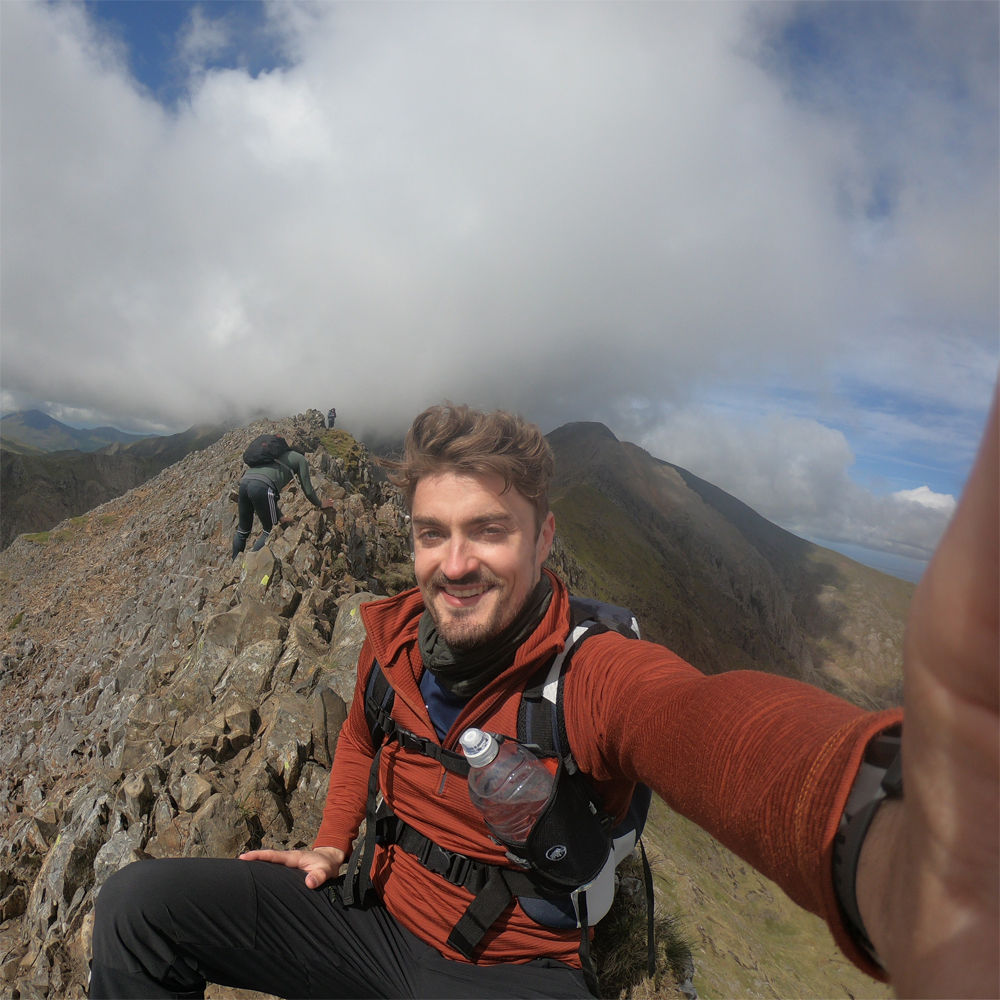Fastpacking essentials: what you do and don’t need
The cut-down kit list: keep your weight down and your speed up on your next fastpacking trip

Fastpacking is all about moving quickly over rugged terrain with as little weight as possible on your back. And as weight gets compounded through your joints when running, it’s more important than ever to pack light. So what do you prioritize and what do you leave at home?
Despite the necessity to pack light when fastpacking, you’re still going to be running through remote areas and – depending on the season – in all weather. So one challenge that starts long before the physical fight of actually running is the tricky balancing act of taking everything you need to stay safe and comfortable out on the trails while not overloading your gear. With that in mind, packing for a fastpacking trip is all about being selectively lean.
Instead of packing tons of items you think you might need, focus on the items you know you’re going to use, then add to that up to a certain threshold. For me, I like to keep my pack weight down below 6kg for a single overnighter, allowing up to another kilogram or two if I’m out for multiple days.
As a base packing list, then, here are my fastpacking essentials: the things I wouldn’t leave home without.
1. A purpose-built fastpacking pack
The first item you’re going to want to invest in is a purpose-built fastpacking backpack. Seriously, I made the mistake of heading out on a multi-dayer with my standard hiking pack in the past, and my hips and knees didn’t forgive me for weeks. A fastpacking pack hugs your torso and barely sways as you run, maintaining a more natural running form and helping to prevent injury. Just make sure you don’t go too large, here: for most runs, packs of 25L-30L will be more than enough, as you’re going to pack much more leanly than you’re used to, remember?
2. Trail running shoes

The next must-have item is a pair of trail running shoes. Now, these come in all sorts of styles, so don’t worry too much about the details. Instead, find a pair that fits, is comfortable and – perhaps most importantly – well worn in before you go. Personally, I swear by my Altra Lone Peak 6s for calmer trails, and Salomon Wildcross trail runners when it’s set to get more technical or muddy.
3. Poles
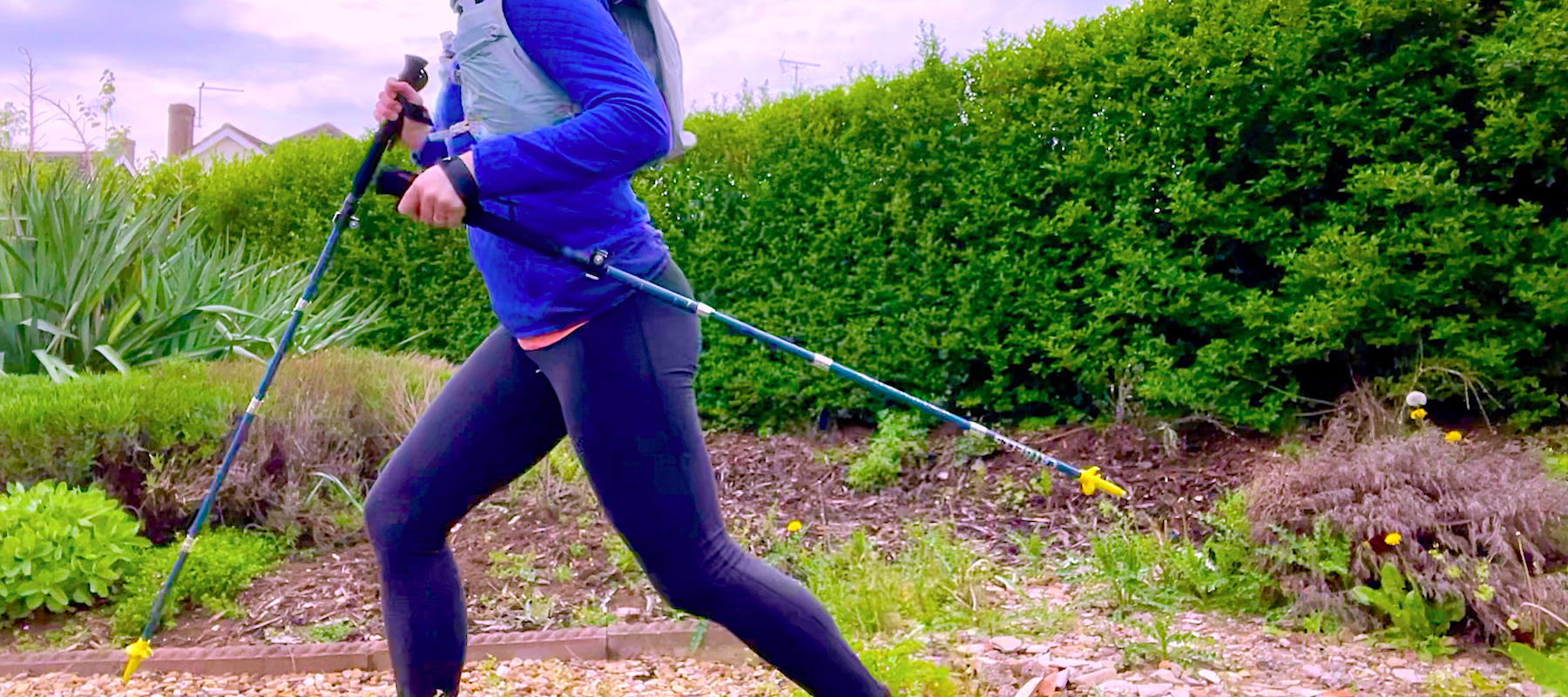
For me, running poles are a must: they provide additional support and balance when going downhill, and they help take some of the strain off your knees. What’s more, they also allow you to take a trekking pole tent with you, helping you to save some grams when it comes to your shelter.
All the latest inspiration, tips and guides to help you plan your next Advnture!
4. A tight-fitting headlamp

A running headlamp is very important, especially when you’re out in more remote areas. And while it’s probably not the best idea to run at night, it’s a crucial bit of kit in case the sun sets earlier than you anticipated. When it comes to fastpacking, however, it’s essential that you take one that’s not only lightweight but tight-fitting, too. This will prevent it from shaking on your head as you bounce along the trails in the dark. If it moves too much, it won’t effectively illuminate the path in front of you, which renders the whole thing pointless and means you won’t be able to run at night.
5. A packable rain and windproof jacket
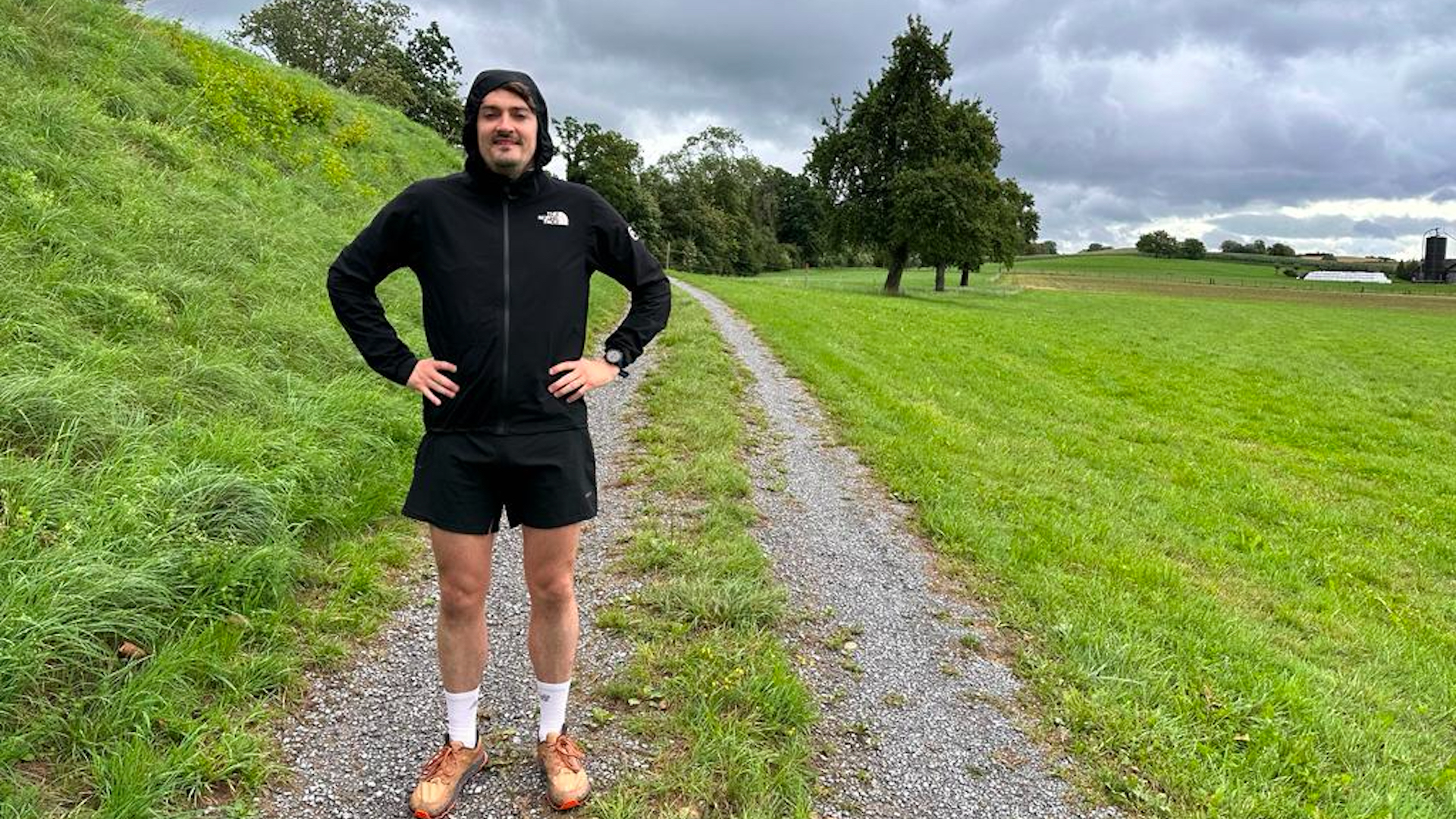
As on any adventure, a reliable water and windproof jacket is a must on a fastpacking trip. They help keep the cold wind off you when running across exposed ridgelines, and they’ll help keep you dry in a rainstorm. When it comes to running, however, you’re most likely going to be perspiring under anything that you wear, so it’s important that you take running jackets that are not only small and light but breathable, too. For me, this is less about the specific jacket and more about the material that it’s made from, with The North Face’s Futurelight membrane being one of the most breathable that I’ve tested to date.
6. A neck gaiter
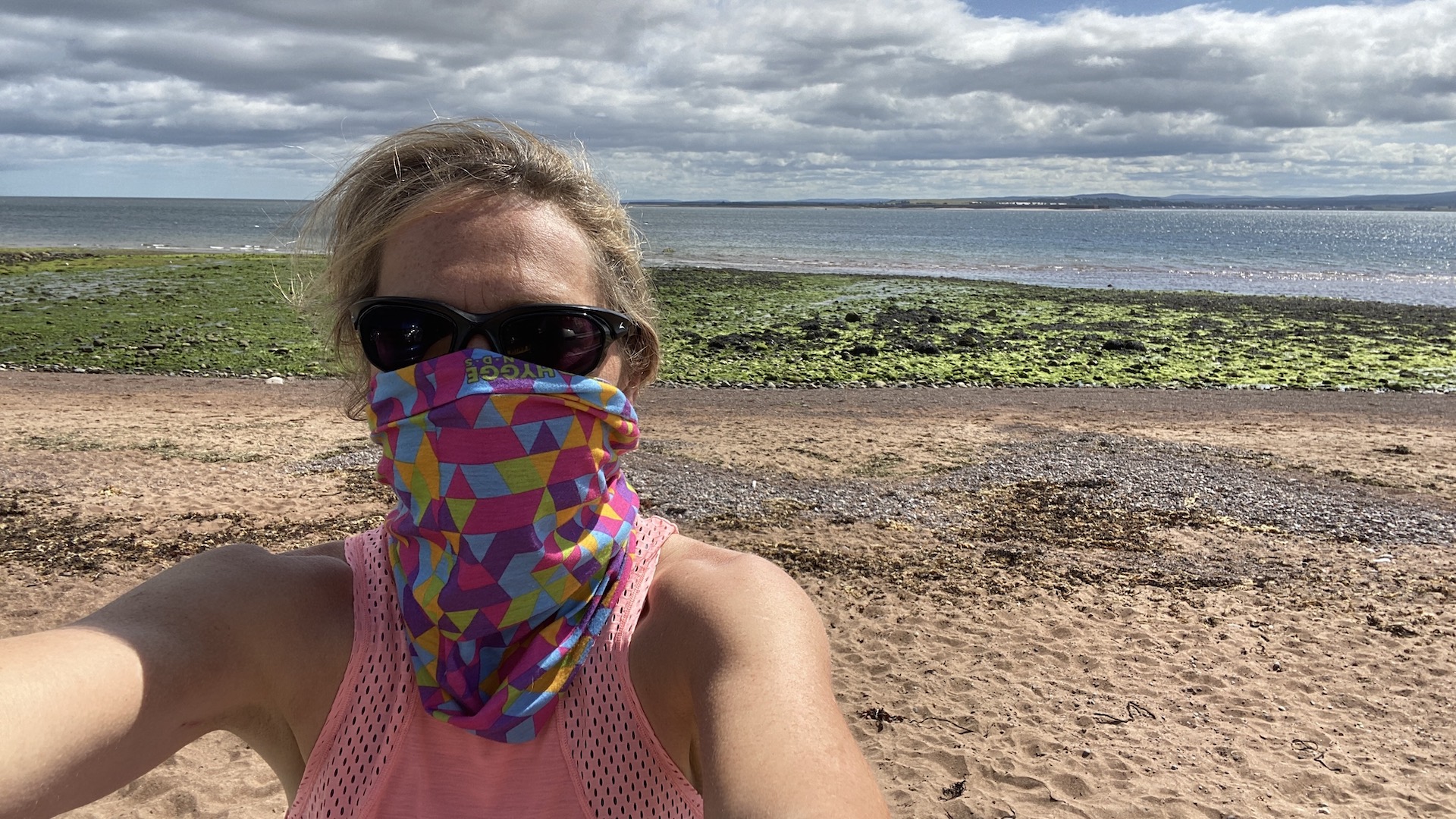
A neck gaiter, such as a Buff, is an incredibly versatile piece of kit: you can wear it as a neck scarf or a beanie, you can use it to keep the sun off your neck and the sweat out of your eyes, or you can even repurpose it as a pillowcase, face mask, or – in a pinch – toilet roll (though you might want to use something else as a pillow case afterwards…). The humble neck gaiter is much more multi-use than a regular beanie, and they pack down smaller and weigh much less, which is delightfully perfect for fastpacking.
7. A bivy tent or UL shelter

Next up, we’ve got your shelter for the night. And as with the backpack, you may not be able to simply use your usual hiking shelter to bed down in, unless you’re already rocking an ultralight and packable tent for hiking. For me, I would max out my tent weight at 1.5 kg; prioritizing weight and packability over comfort.
When it comes to shelters, you can generally choose between a tiny lightweight bivy or an ultralight conventional tent. Which you go for will depend on the weather and time of year you’re running in. Additionally, if you take my advice and run with poles, you could also look at tarp-style shelters or trekking pole tents (such as the Forclaz MT900 Minimal Editions trekking pole tarp tent, the Sierra Designs High Route 3000 or the Six Moon Designs Skyscrape Trekker), which may give you more space for the same net weight.
8. A lightweight sleeping system
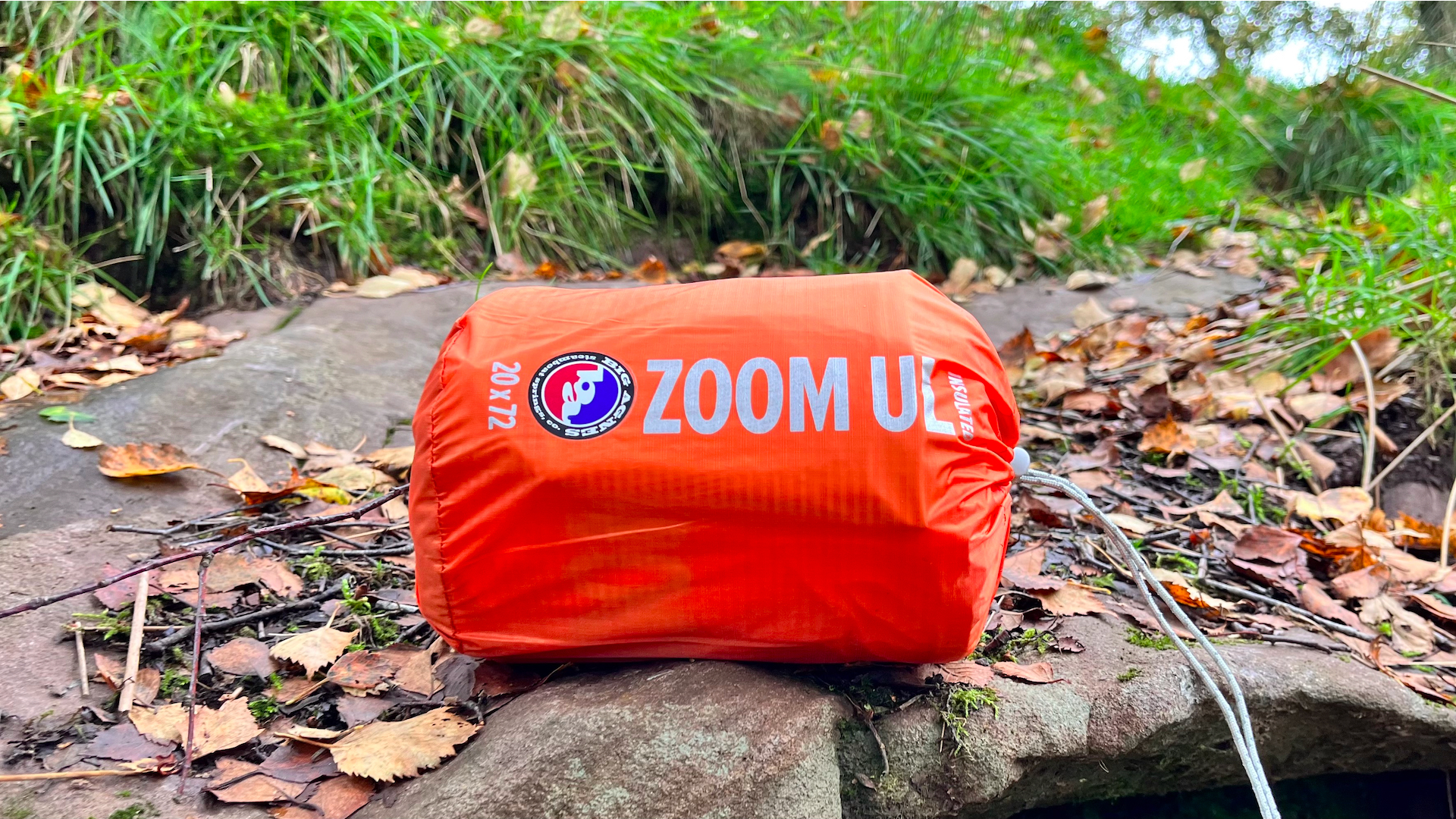
Obviously, in order to have a comfortable night’s sleep, you’re also going to need a lightweight sleeping bag and pad. Quilts are a great way to shave a few grams, and lightweight inflatable pads can offer high R-values for tiny weights and packsizes. The Big Agnes Zoom UL, for example, offers a 4.3 R-value while weighing sub-400g and packing down to the size of a Coke bottle.
To maximize the packability and warmth of your sleep system, down bags tend to offer the best bang for your buck.
9. A water filter
If you’re running through anywhere with ample water sources – rivers, lakes, streams or springs – a water filter will help you top up as you go. This means you don’t need to carry more water than you need at any one time. Water isn’t light, after all, coming in at a round kilogram per liter. With a filter in tow, you only really need to carry about 500 ml in your pack. For an extra benefit, filters such as the Katadyn BeFree also double up as a bottle/flask – so you can leave extra bottles at home.
10. A Phone
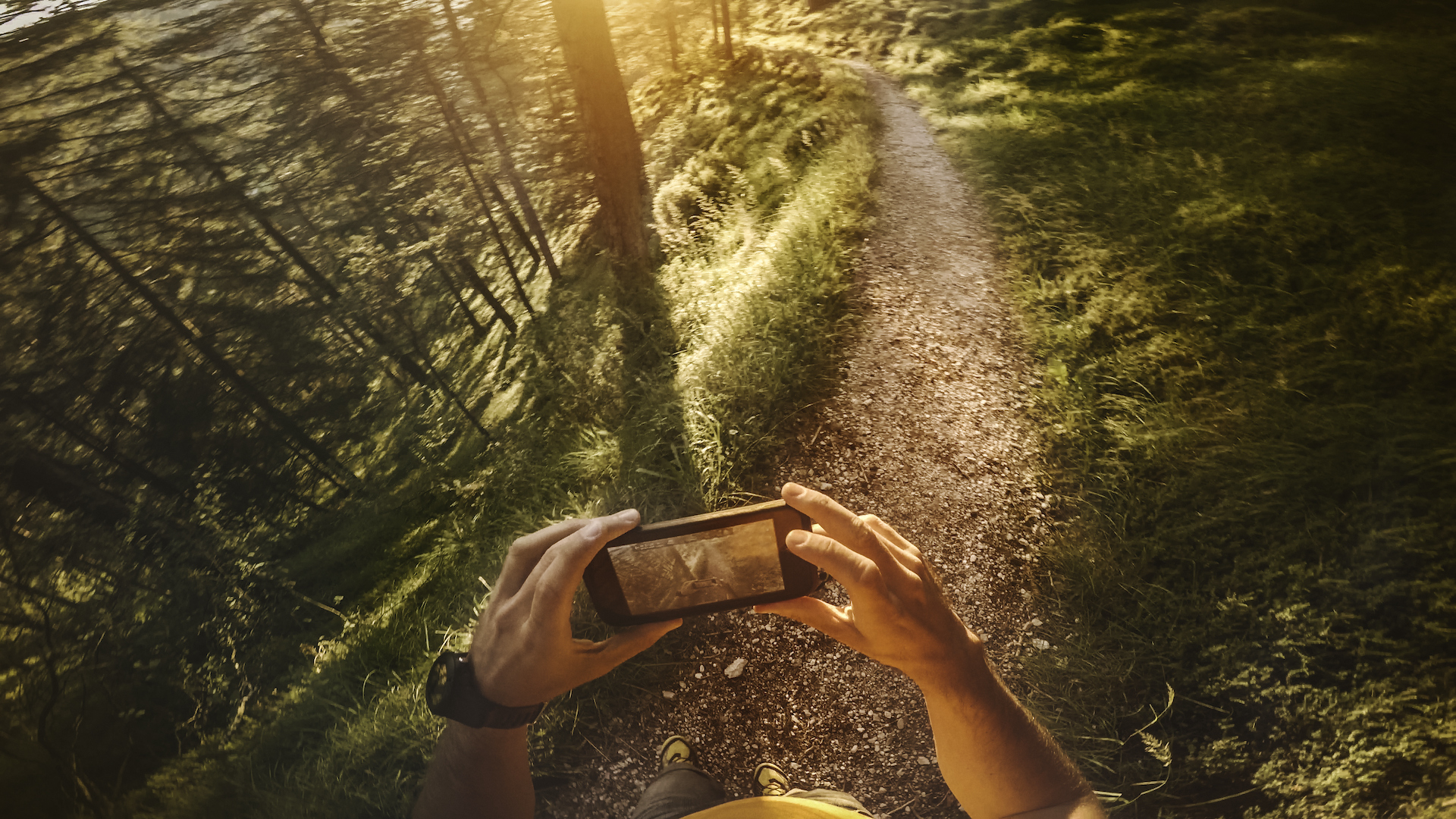
In 2023, this should go without saying, but you 100% need to take your phone with you on any fastpacking trip. Doubling up as both a navigation aid and an emergency system, your phone is the one item you need in a pinch – so charge it up to 100% and pack it away somewhere out of the rain.
11. A lightweight power bank
To charge your phone, your headlamp and other bits and bobs, I also wouldn’t leave the house without a power bank. And while these have reduced in size over the years, the most reliable ones – those with a capacity of around 20,000mAH or higher – can still weigh up to 500g (which is the same as your ultralight bivy or sleeping pad). With that in mind, think about how many times you’ll realistically need to charge your phone and take a power bank that delivers only that: a 5,000 mAh charger will easily charge an iPhone 12 once, for example, with some charge left for your headlamp.
As an extra tip, enabling flight mode on your phone will drastically reduce the amount of battery your phone uses, and you can still use GPS to navigate if you’re using an app.
12. Calories
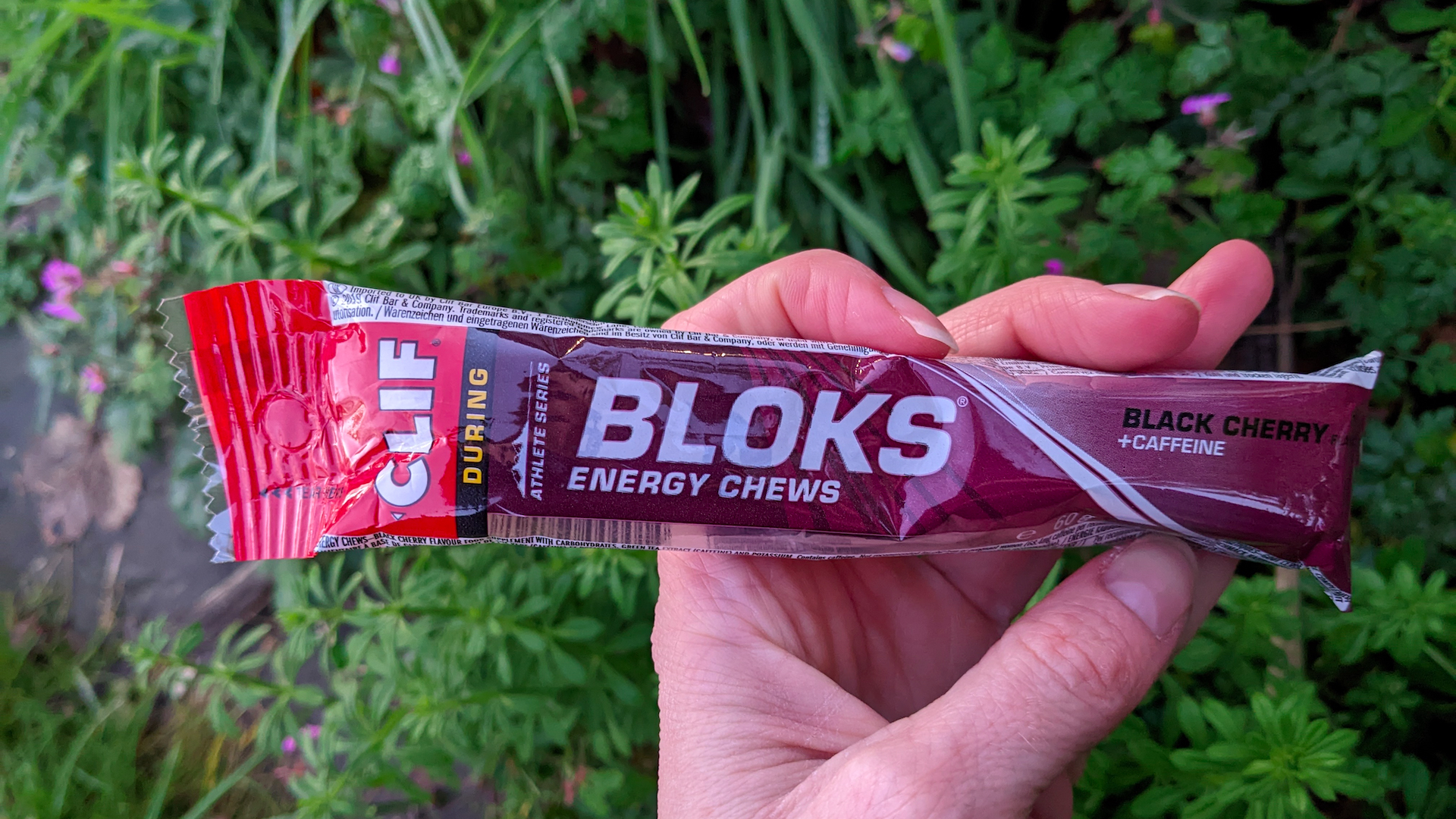
When you run, you can expect to burn around 400 calories per hour, so you’ll need to top these up to avoid bonking halfway round. Gels, bars and chews are excellent for maximizing your intake whilst keeping your total weight down, and electrolyte powders/tablets in water help to replace the vital fluids you’ll lose as you bounce like a gazelle along ridgelines.
If you’re out for multiple days, however, it’s going to be difficult to load up all the calories you need without overloading your pack. Therefore, plan strategic pitstops at shops, petrol stations or restaurants to make the process of replacing lost calories as comfortable (and tasty!) as possible.
13. A credit/debit card
Weighing in at about 5g, a debit or credit card is the singular piece of ‘gear’ that offers maximum ROI per gram in your pack – and it’s the last bit of essential fastpacking gear you need to take with you. It allows you to refuel in shops or to book a night in a bed and breakfast if you can’t bear another night in a tent. It allows you to order some lunch for a quick calorie boost if you pass a pub unexpectedly, or take a taxi between two points if you need to shorten the run for logistical reasons. A credit or debit card can be the best piece of kit in your pack if you need it, and all for the equivalent weight of a teaspoon of sugar.
Oh, and before you think, “But what about Apple/Google Pay?”, those don’t work if you’re out of battery. Therefore, even if you use your phone to pay for 99% of things, I think it’s still worth taking a payment card just in case – and I’d never head out on any adventure without one.
- The best camping tents 2023: for superb backcountry adventures
Growing up just south of the glorious Brecon Beacons National Park, Craig spent his childhood walking uphill. As he got older, the hills got bigger, and his passion for spending quality time in the great outdoors only grew - falling in love with wild camping, long-distance hiking, bikepacking and fastpacking. Having recently returned to the UK after almost a decade in Germany, he now focuses on regular micro-adventures in nearby Snowdonia and the Brecon Beacons, as well as frequent trips to the Alps and beyond. You can follow his adventures over on komoot.
